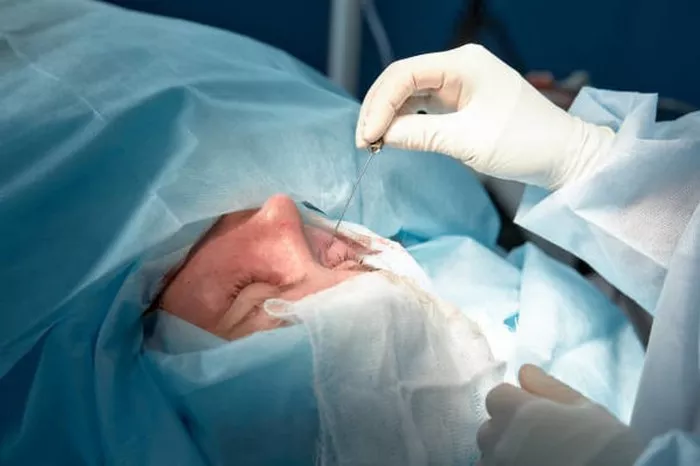Ptosis surgery, also known as blepharoptosis surgery, is a procedure aimed at correcting the sagging of the upper eyelid, which can impact both vision and appearance. As individuals consider this surgical option, one of the most common questions that arise is how long the recovery process will take. In this comprehensive guide, we will delve into the details of ptosis surgery recovery, discussing the timeline of healing, factors that influence recovery duration, and tips for a smooth recuperation.
Understanding Ptosis Surgery and Recovery
Ptosis surgery involves adjusting the muscles responsible for lifting the upper eyelid, thereby improving both the aesthetic appearance of the eyes and the field of vision. The surgical technique and approach may vary depending on the underlying cause of ptosis and the surgeon’s assessment.
Recovery from ptosis surgery is a critical phase during which the body heals, and the surgical area regains strength and functionality. It’s essential to have a clear understanding of the recovery timeline and the factors that can influence the duration of recuperation.
The Recovery Timeline
The recovery timeline for ptosis surgery can be divided into several phases, each with its own set of characteristics and considerations:
Immediate Postoperative Period (Day 1 – Day 7): The initial days after ptosis surgery involve the immediate healing process. Patients may experience swelling, bruising, and discomfort around the surgical area. The use of prescribed pain medication and cold compresses can help manage discomfort and reduce swelling.
First Week: During the first week, patients are advised to avoid strenuous activities, keep the head elevated during sleep, and follow the surgeon’s postoperative care instructions. Sutures may be removed around the one-week mark.
Weeks 2 – 3: Swelling and bruising begin to subside during this period. However, some residual swelling may persist, especially in the mornings. Patients can gradually return to light activities but should still avoid activities that strain the eyes.
Weeks 4 – 6: By this stage, most of the swelling and bruising should have resolved. Patients can typically resume normal activities, including exercise, although heavy lifting and strenuous activities may still need to be avoided.
Months 2 – 3: As the healing process continues, the eyelid’s appearance should gradually approach its final state. Any residual tightness or discomfort should subside, and the eyelid’s position should stabilize.
Factors Influencing Recovery Duration
Surgical Technique: The specific surgical approach used by the surgeon can influence the extent and speed of recovery.
Individual Healing: Each person’s body heals at its own pace. Factors such as age, genetics, and overall health can impact the rate of recovery.
Extent of Surgery: The complexity of the procedure, including the extent of muscle adjustment and tissue removal, can influence recovery time.
Postoperative Care: Following the surgeon’s postoperative care instructions diligently can expedite healing and reduce the risk of complications.
Tips for a Smooth Recovery
Rest and Relaxation: Adequate rest is crucial for optimal healing. Avoiding strenuous activities and allowing the body to recover is essential.
Proper Nutrition: A balanced diet rich in vitamins and minerals can support the healing process.
Hydration: Staying well-hydrated is important for overall health and recovery.
Follow Instructions: Adhering to the surgeon’s postoperative care instructions is vital for a successful recovery. This includes taking prescribed medications, attending follow-up appointments, and avoiding activities that could compromise healing.
Avoid Smoking: Smoking can impede the body’s healing process. If you smoke, consider quitting or at least refraining during the recovery period.
Conclusion
The recovery process from ptosis surgery is a gradual journey that spans several weeks to months. While the immediate postoperative period involves managing swelling and discomfort, patients can generally return to normal activities within a few weeks. However, complete healing and stabilization of the eyelid’s appearance may take a few months. By understanding the recovery timeline, following postoperative care instructions, and staying patient throughout the healing process, individuals can ensure a smoother and more successful recovery from ptosis surgery, ultimately enjoying the benefits of improved vision and a refreshed appearance.


